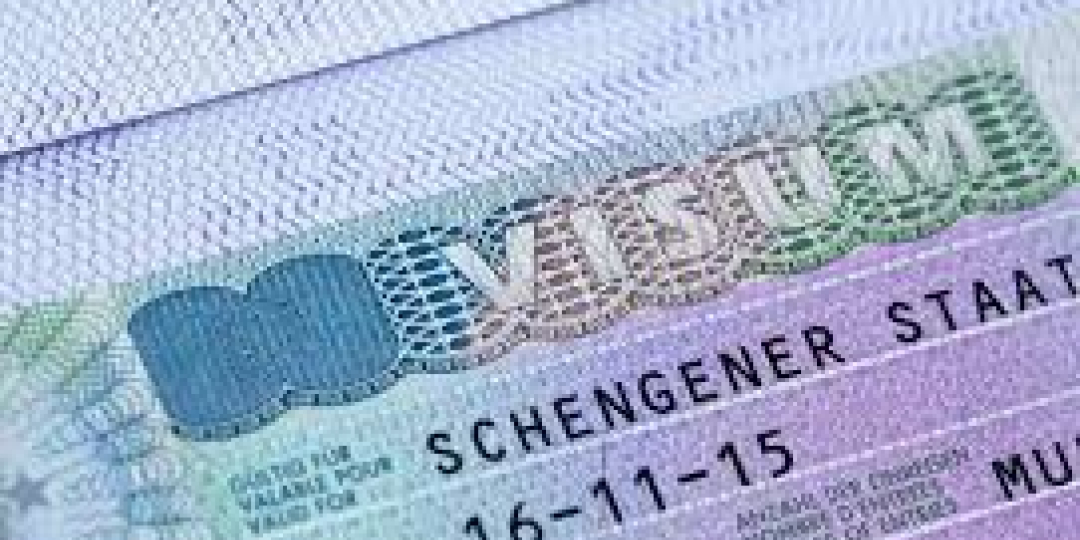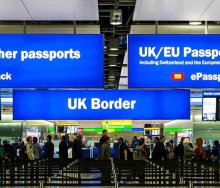The process of applying for a Schengen visa looks set to move entirely online and become digital in the next three years, using a system recently proposed by the European Commission.
“With some member states already switching to digital, it is vital the Schengen area now moves forward as one,” says Commission VP for Promoting our European Way of Life, Margaritis Schinas.
In the policy document The New Pact on Migration and Asylum, the European Commissions states that visa procedures should be digitised by 2025.
“A modern visa process is crucial. It’s time to provide a fast, secure, web-based application platform for citizens of the 102 third countries that require a short-term visa to travel to the EU,” says Ylva Johansson, European Commissioner for Home Affairs. “Half of those coming to the EU on a Schengen visa find visa application burdensome, one third have to travel long distances to apply for a visa.”
According to schengenvisainfo.com, regardless of the Schengen Area destination country or the Schengen visa type they are applying for, travellers will need to fill in a visa application form on one common platform, upload a scanned copy of their travel document, travel health insurance, as well as the rest of documents needed for application.
Where an applicant intends to visit more than one country in the Schengen Area, the platform will automatically decide which Schengen country is responsible for processing the application. The application will then be transferred to the competent national system of that Member State to be processed.
Because of the need for gathering biometric data, those applying for the first time for a Schengen visa will need to show up at a consulate or external visa processing provider in order to give their fingerprints and have their photo taken.
Applicants who have failed to complete their application with the right information/documents will be notified by the system. Once the traveller completes their application, and it has been processed by the relevant Member State, that state will notify the traveller of the decision that has been taken, indicating the visa is issued, refused, confirmed to a new travel document, extended, annulled or revoked.
The visa will no longer be granted in its current form, as a sticker, but digitally. It is expected that it will be in the form of a 2D barcode, cryptographically endorsed by that member state.














